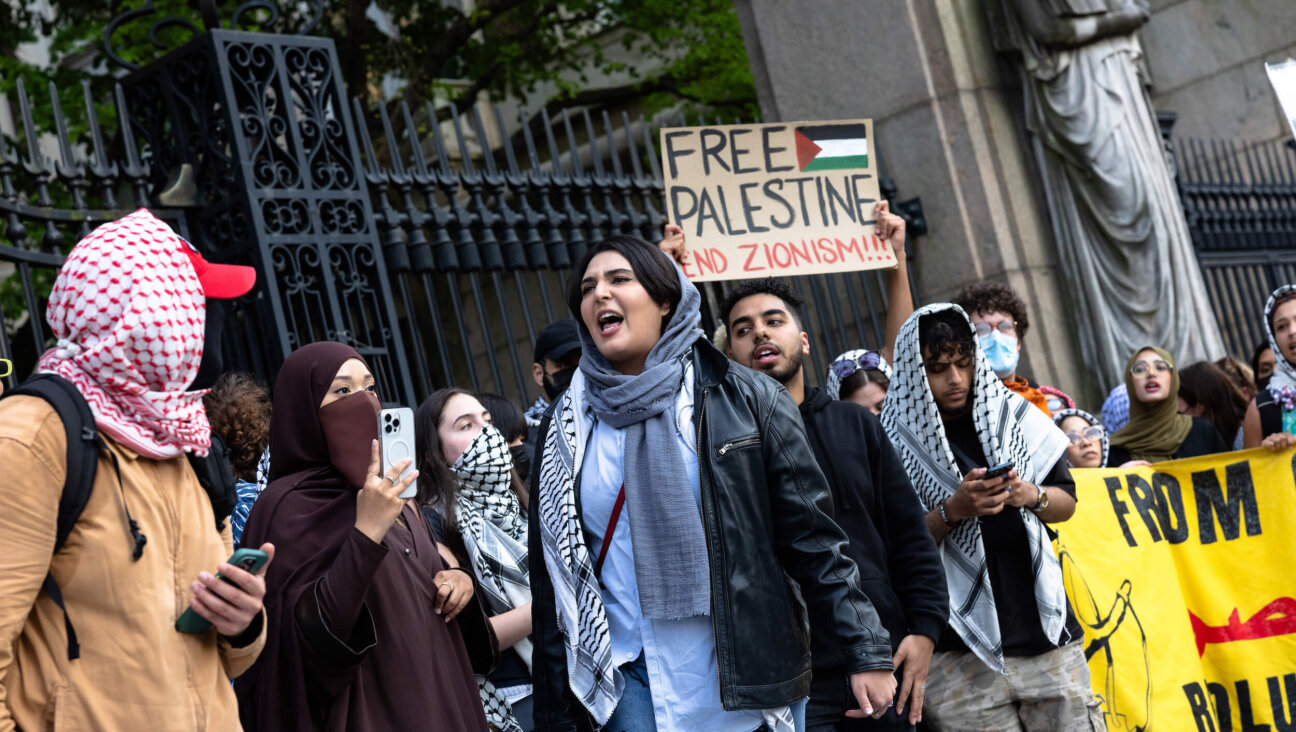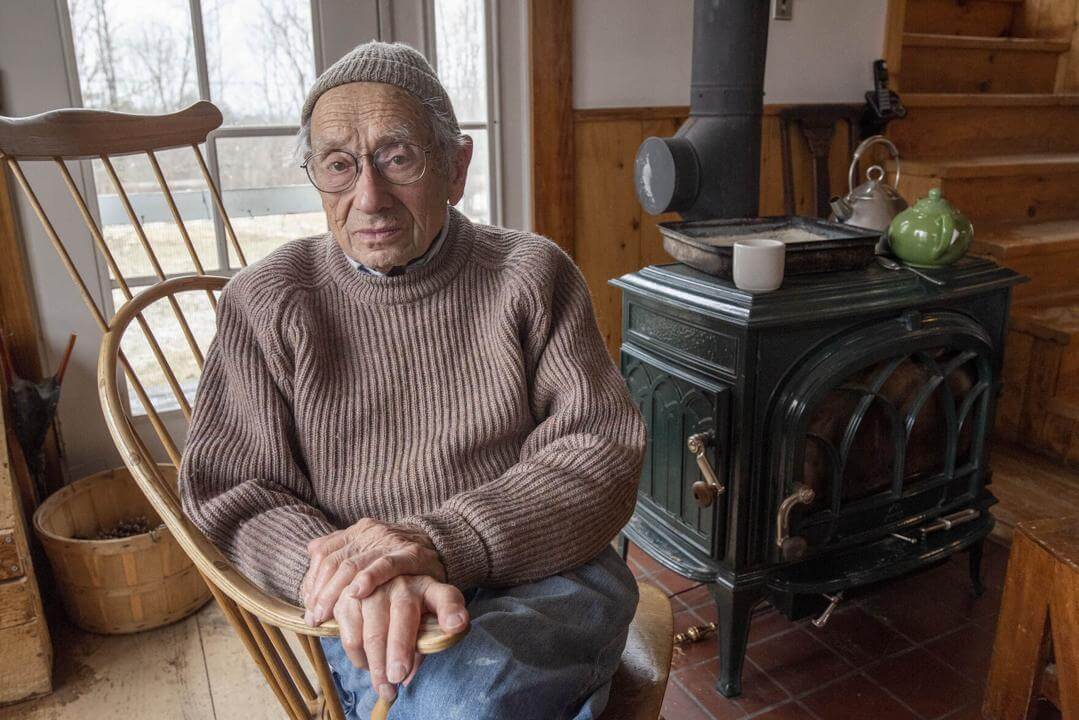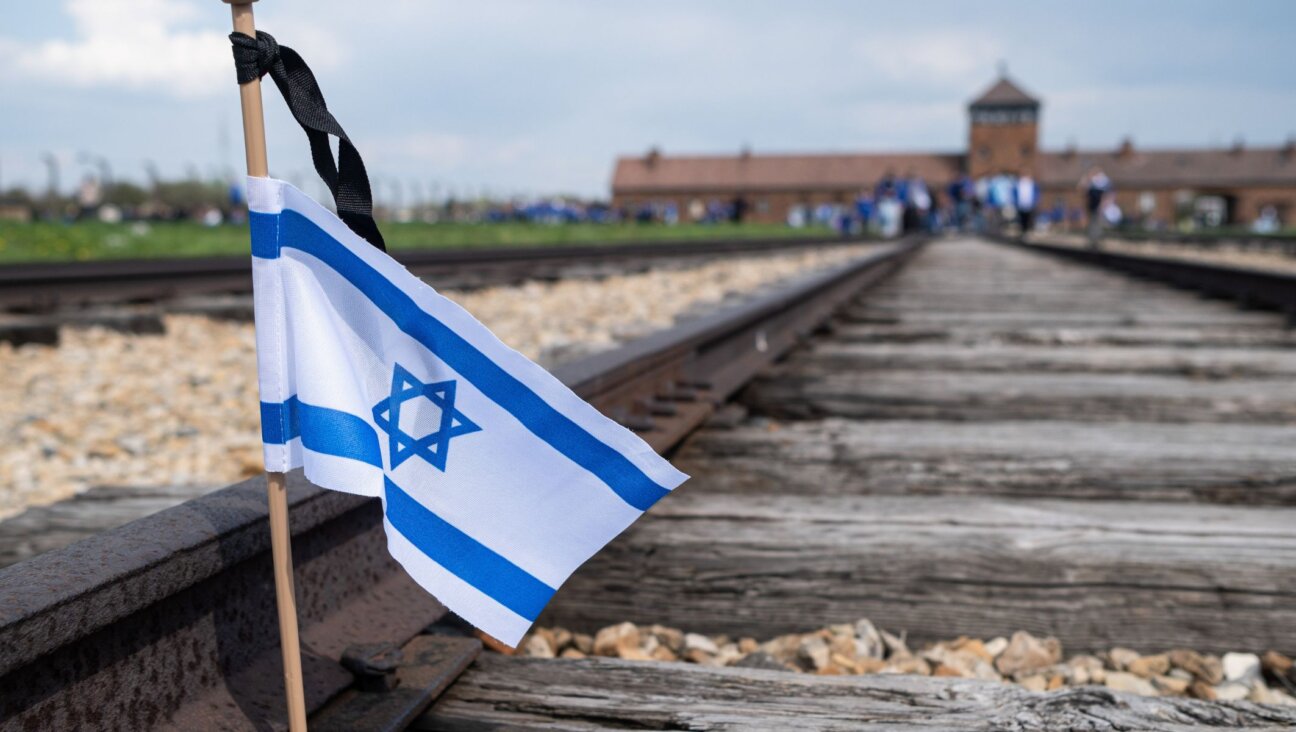Morocco Synagogue Gets Spruce Up
An historic synagogue in Essaouira, Morocco is to be refurbished in a joint project with the German Foreign Ministry.
It will be the second synagogue to be restored under a special German government program.
Tuesday’s announcement came as the Moroccan Ambassador in Berlin, Omar Zniber, launched an exhibit at the embassy’s cultural center of photographs of Moroccan Jews from the 1960s as well as new photos of synagogues in the country, both pre- and post-renovation.
At the time of the photos, there were still tens of thousands of Jews in Morocco. Today, the population is estimated at about 2,500.
In addition, a conference on “Moroccan Jewish cultural patrimony” was hosted at Berlin’s Pergamon Museum this week.
A spokesperson for the German Foreign Ministry told JTA that the restoration of the 19th century Simon Attias Synagogue in Essaouira is to be completed in 2015. It is a joint effort with the Foundation of Jewish-Moroccan Cultural Heritage.
“With this project, the Federal Foreign Office supports the preservation of Jewish heritage in Morocco, thereby helping to strengthen the national identity of the country,” he said.
The program already completed the restoration of the 17th century Slat al Fassiyin synagogue in Fez, which had been used as a carpet factory and then a boxing ring. It was rededicated in ceremonies last year.
At that ceremony, Moroccan King Mohammed IV called for the restoration of all synagogues in the country “so that they may serve not only as places of worship, but also as forums for cultural dialogue and for the promotion of our cultural values.”
Among those attending Berlin’s events this week were Jacques Toledano, executive chairman of the Moroccan Foundation of Jewish Cultural Heritage and the Moroccan Jewish Museum in Casablanca; and Serge Berdugo, president of the Union of Moroccan Jews.
At the end of World War II, an estimated 265,000 Jews lived in Morocco. By the mid 1960s, more than 200,000 had immigrated, mostly to Israel.

I hope you appreciated this article. Before you go, I’d like to ask you to please support the Forward’s award-winning, nonprofit journalism during this critical time.
Now more than ever, American Jews need independent news they can trust, with reporting driven by truth, not ideology. We serve you, not any ideological agenda.
At a time when other newsrooms are closing or cutting back, the Forward has removed its paywall and invested additional resources to report on the ground from Israel and around the U.S. on the impact of the war, rising antisemitism and the protests on college campuses.
Readers like you make it all possible. Support our work by becoming a Forward Member and connect with our journalism and your community.
Make a gift of any size and become a Forward member today. You’ll support our mission to tell the American Jewish story fully and fairly.
— Rachel Fishman Feddersen, Publisher and CEO
Join our mission to tell the Jewish story fully and fairly.
























